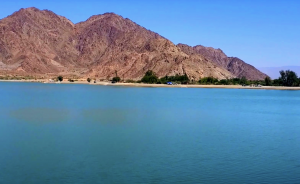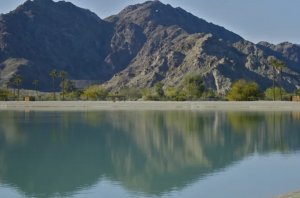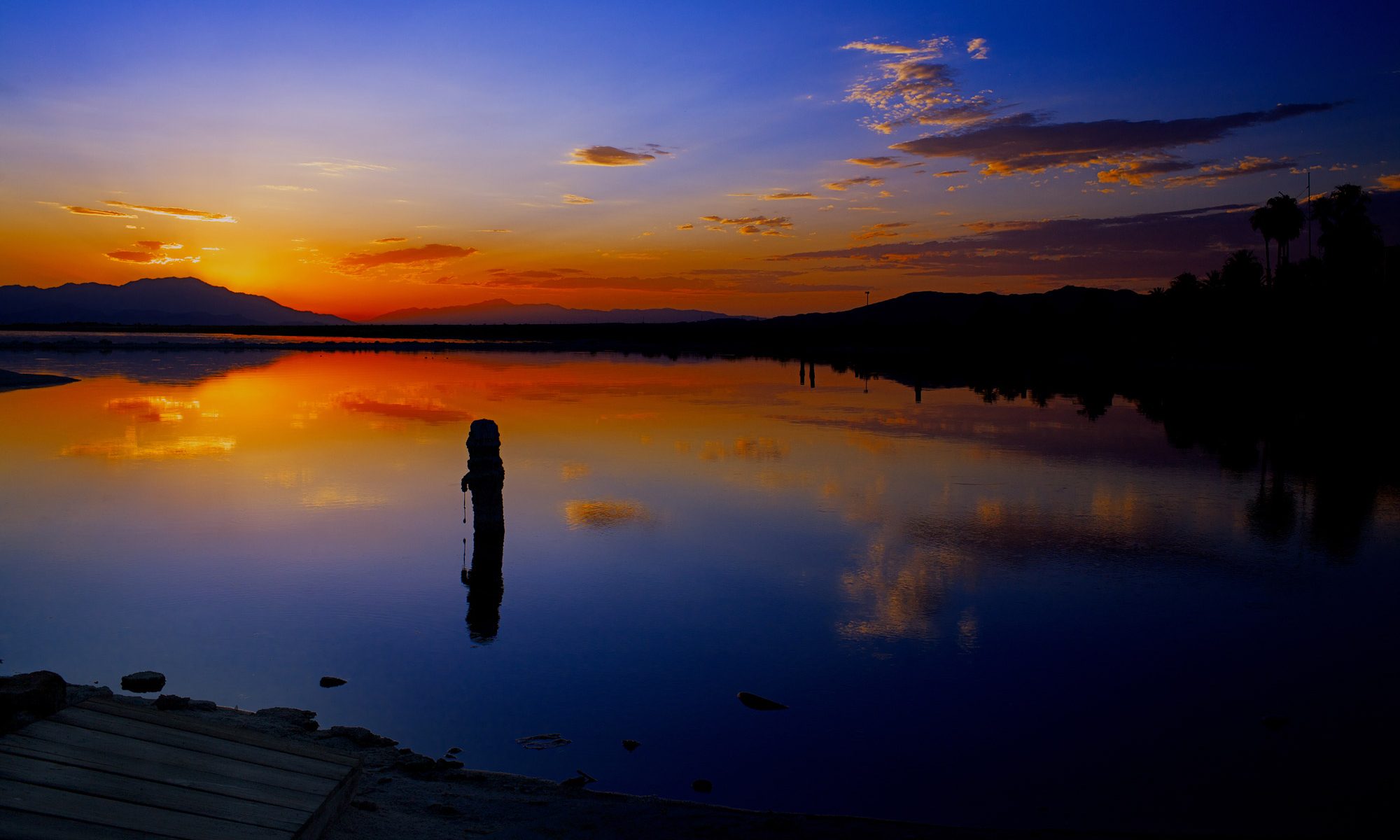
Today, the Salton Sea is an eerie place. Its mirror-like surface belies the toxic stew within. Fish skeletons line its shores and the ruins of a once thriving vacation playground is a reminder of better days. But long before agricultural runoff bespoiled the Salton Sea, the lakebed it now occupies was home to a much larger body of water known as Lake Cahuilla. The lake was six times the area of the Salton Sea and once covered much of Mexicali, Imperial and Coachella valleys.
“It was a freshwater lake that was about 100 meters deep in its deepest part,” said San Diego State University emeritus professor of geology Tom Rockwell. “It extended from up near Palm Springs southward into Mexico, so it was a very extensive lake.”
Lake Cahuilla has gone through many cycles of filling and drying out over thousands of years. A new study by Rockwell and his colleagues used radiocarbon dating to determine the timing of the last seven periods of filling. The research sheds light on both the history of human occupation in the area and its seismic past.
Wet and dry periods
Lake Cahuilla got its water from the Colorado River. Once a mighty waterway before it was siphoned off for agriculture and urbanization, the Colorado normally flowed south into the Gulf of California. But periodically, it switched course and began to drain northwest into the Salton Trough, refilling Lake Cahuilla. When full, the water level in the lake could rise to 13 meters above sea level.
“It has this tendency to flip-flop back and forth,” said Rockwell. “But when the Colorado drains to the Gulf of California, Lake Cahuilla would just dry up over a period of 50, 60, or 70 years.”
Sediments from these repeated filling events resulted in fertile soils in the Imperial Valley. An irrigation canal was created around 1900 to bring water from the Colorado River to the Valley for farming, but in 1905, springtime flooding ruptured the canal and gushed toward the Salton Trough, partially refilling the lake to form the Salton Sea. Once the breach was repaired, the water level remained well below that of Lake Cahuilla’s previous incarnations.
To reconstruct its early hydrologic history, Rockwell’s team sampled charcoal, wood, seeds and other organic matter from nearly a dozen in the former lake’s basin. The charcoal samples likely came from cooking fires once used by Indigenous people who inhabited the region.

Historical accounts told of the Colorado River flowing toward the Gulf of California rather than the Salton Trough in 1706, indicating that the lakebed was dry at that time. Based on radiocarbon dating of drowned stumps, Rockwell’s team determined that the last lake to form before the advent of the Salton Sea reached its highest point around 1731.
“But it had to have started drying up by 1732 or 33,” Rockwell said.
Based on an approximate rate of evaporation, that would have made it possible to completely dry out by the time Juan Bautista de Anza’s expedition passed through the area in 1774 and reported that the lakebed had no water in it.
